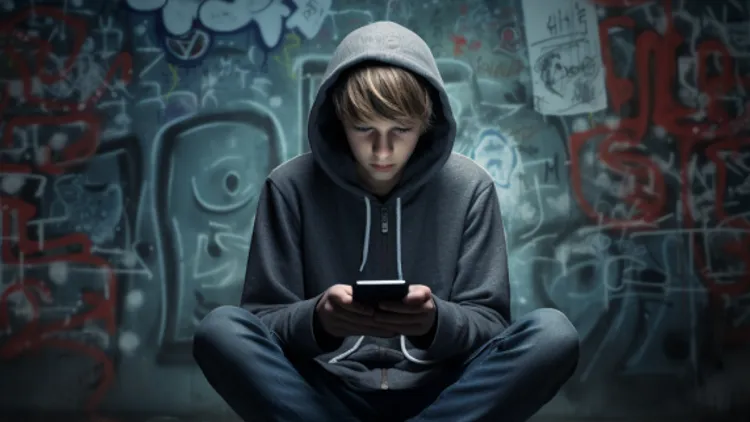
The Impact of Technology on Youth Violence: Real-Life Examples Unraveling the Complex Connection
Short Version
The article explores the intricate relationship between technology and youth violence, drawing upon real-life examples to highlight its impact. It delves into the changes in behavior and attitudes caused by exposure to violent media, exemplified by studies correlating violent video games with increased aggression. Desensitization to real-life violence, evidenced by physiological responses in violent media-exposed individuals, is discussed. The tragic consequences of cyberbullying, like the case of Megan Meier, underscore the devastating effects of technology-enabled harassment. Furthermore, the article examines how online echo chambers can lead to radicalization among youth, emphasizing the role of technology in shaping peer influence. It concludes by proposing solutions like media literacy programs and responsible content creation to create a safer digital environment for the next generation.
Long Version
Introduction
The digital age has transformed the way young people interact with the world, presenting both opportunities and challenges. Among these challenges, the relationship between technology and youth violence has garnered significant attention. Technology, including smartphones, social media, video games, and the internet, has reshaped behaviors, attitudes, and social dynamics among the youth, giving rise to debates about its potential role in the increase of youth violence. This article explores the multi-faceted ways technology plays a role in shaping youth violence, drawing upon real-life examples to delve into its impacts on behavior, desensitization, cyberbullying, and socialization.
Changing Behavior and Attitudes
Example: Violent Video Games and Aggression Real-life studies have examined the link between violent video games and aggressive behavior. For instance, in 2018, a study published in the Journal of Youth and Adolescence found that adolescents who played violent video games were more likely to exhibit aggressive behavior over time. The study tracked a group of teenagers and revealed a correlation between the frequency of playing violent video games and increased aggression.
Desensitization and Empathy
Example: Media Violence and Desensitization Numerous real-life instances indicate that prolonged exposure to violent media can desensitize young minds to real-life violence. In one case, researchers from Iowa State University conducted a study in 2019 that followed children over several years. They found that exposure to violent media content, such as movies and video games, led to reduced physiological responses to real-life violence, suggesting desensitization to aggression.
Cyberbullying and Its Consequences
Example: Tragic Outcome of Cyberbullying The consequences of cyberbullying can be devastating. In 2016, a heart-wrenching incident occurred when a 13-year-old girl named Megan Meier committed suicide after experiencing cyberbullying. Unbeknownst to her, the person behind the cruel messages was an adult posing as a teenage boy. The incident prompted discussions about the role of technology in enabling cyberbullying and its grave impact on young lives.
Socialization and Peer Influence
Example: Online Echo Chambers and Radicalization Technology’s impact on socialization has been witnessed in cases of online echo chambers leading to the radicalization of young individuals. In 2017, an investigation uncovered a group of teenagers who were radicalized through online forums promoting extremist ideologies. These online communities isolated the teenagers from real-life social interactions and influenced them to engage in acts of violence, highlighting the role of technology in fostering negative peer influence.
Solutions and Mitigations
Example: Positive Impact of Media Literacy Programs Some real-life solutions have shown promise in mitigating the impact of technology on youth violence. Media literacy programs, such as the MediaWise initiative by the Poynter Institute, aim to educate young people about identifying misinformation, promoting critical thinking, and fostering empathy. By empowering youth to be more discerning consumers of media, such initiatives can help reduce the negative effects of violent content.
Conclusion
As technology continues to advance, understanding its impact on youth violence becomes more critical than ever. Real-life examples have illustrated the complex connection between technology and youth violence, from the influence of violent video games on behavior to the tragic consequences of cyberbullying. To address this issue responsibly, it is essential for parents, educators, policymakers, and tech companies to collaborate in promoting digital literacy, fostering empathy, and establishing safer online spaces. By learning from real-life instances and implementing effective solutions, we can strive to create a healthier digital environment for our youth, nurturing a generation that is resilient, compassionate, and empowered.